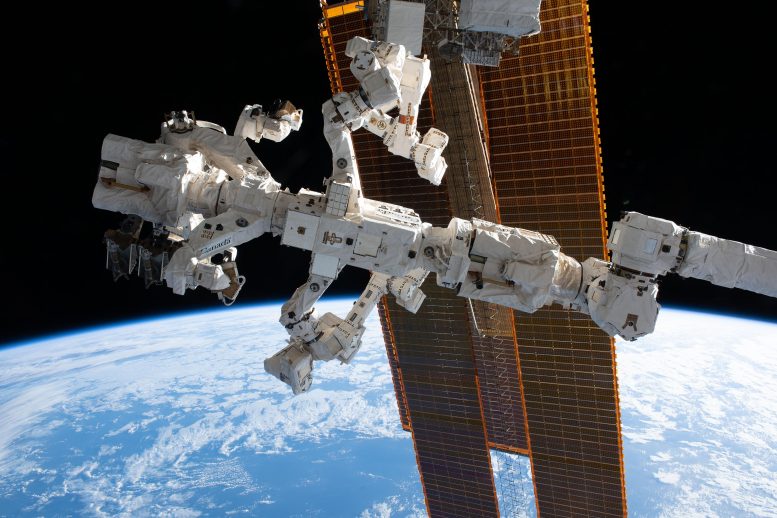
The Special Purpose Dexterous Manipulator (also known as Dextre), a fine-tuned robotic hand designed and built by the Canadian Space Agency, is pictured in front of the International Space Station’s main solar arrays as the orbital complex soared 260 miles above the Pacific Ocean. Dextre is attached to the leading end effector, or tip, of the Canadarm2 robotic arm. Credit: NASA
The Expedition 70 crew focused its research on robotics, artificial organs, and eye checks aboard the International Space Station (ISS) on Wednesday. The orbital septet also worked on a variety of life support and science maintenance tasks throughout Wednesday.
NASA Flight Engineer Loral O’Hara began Tuesday configuring an experiment that will explore how CubeSats fitted with a robotic arm might be used to repair larger satellites. She set up hardware inside the Destiny laboratory module’s Microgravity Science Glovebox for the experiment that seeks to demonstrate the on-orbit survey and repair of satellites.
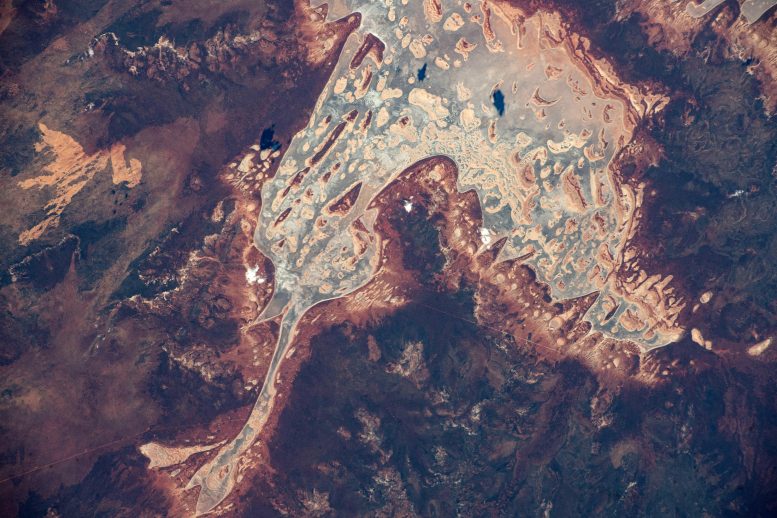
The second-largest lake in Western Australia, Lake Barlee is seen from the International Space Station as it orbited 262 miles above. Throughout most of the year, the saline lakebed is dry, but fills with floodwater during series of major rainfall. Credit: NASA
Afterward, O’Hara moved to the Kibo laboratory module and treated and stowed samples that will be analyzed to understand reproductive health and bone loss in microgravity. NASA Flight Engineer Jasmin Moghbeli cleaned up Kibo’s Life Science Glovebox and stowed the research hardware following O’Hara’s sample work.
Earlier in the day, Moghbeli assisted Commander Andreas Mogensen from ESA (European Space Agency) as he swapped out components that analyze elements in the space station’s air. At the end of the day, Moghbeli scanned the eyes and retinas of Mogensen and O’Hara using standard medical imaging gear, analogous to ultrasound imaging, found in a doctor’s office on Earth.
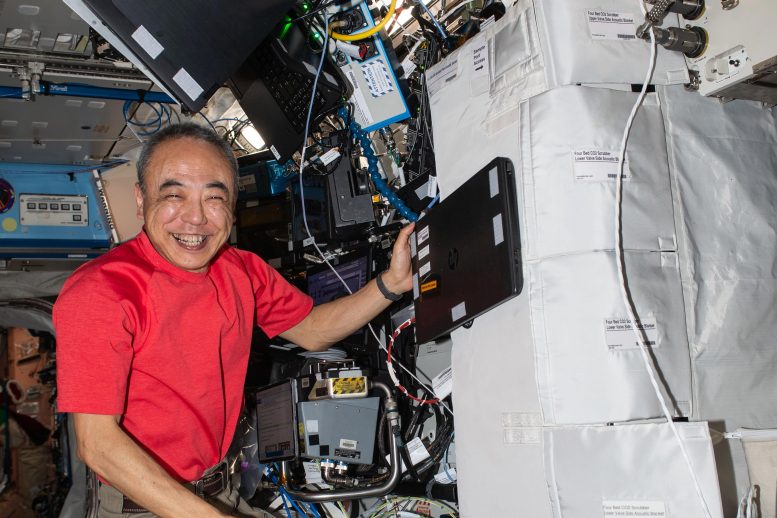
JAXA (Japan Aerospace Exploration Agency) astronaut and Expedition 70 Flight Engineer Satoshi Furukawa works on carbon dioxide removal hardware inside the International Space Station’s Destiny laboratory module. Credit: NASA
Flight Engineer Satoshi Furukawa from JAXA (Japan Aerospace Exploration Agency) spent his day working with a pair of microscopes. During the morning, Furukawa activated the Confocal microscope to image organoid culture samples for an investigation exploring regenerative medicine, or the creation of artificial organs in microgravity. In the afternoon, the two-time station resident from JAXA set up the Kermit microscope for a ground-commanded check out of its imaging ability during a vibration test.
Veteran cosmonaut Oleg Kononenko continued his inspections inside the Zvezda service module then videotaped and photographed his crewmates at work aboard the orbital lab. Roscosmos Flight Engineer Nikolai Chub tested a laptop computer in the Nauka science module, transferred fluids into the Progress 86 cargo craft, and photographed panels inside the Poisk module at the end of the day. Cosmonaut Konstantin Borisov spent his day cleaning ventilation systems and electronics gear in the Nauka and Zvezda modules.



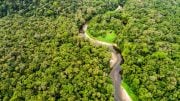
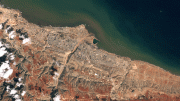
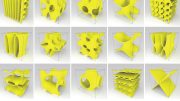
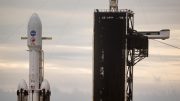
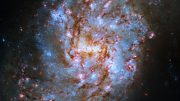

Be the first to comment on "Robotics and Artificial Organ Research on the International Space Station"